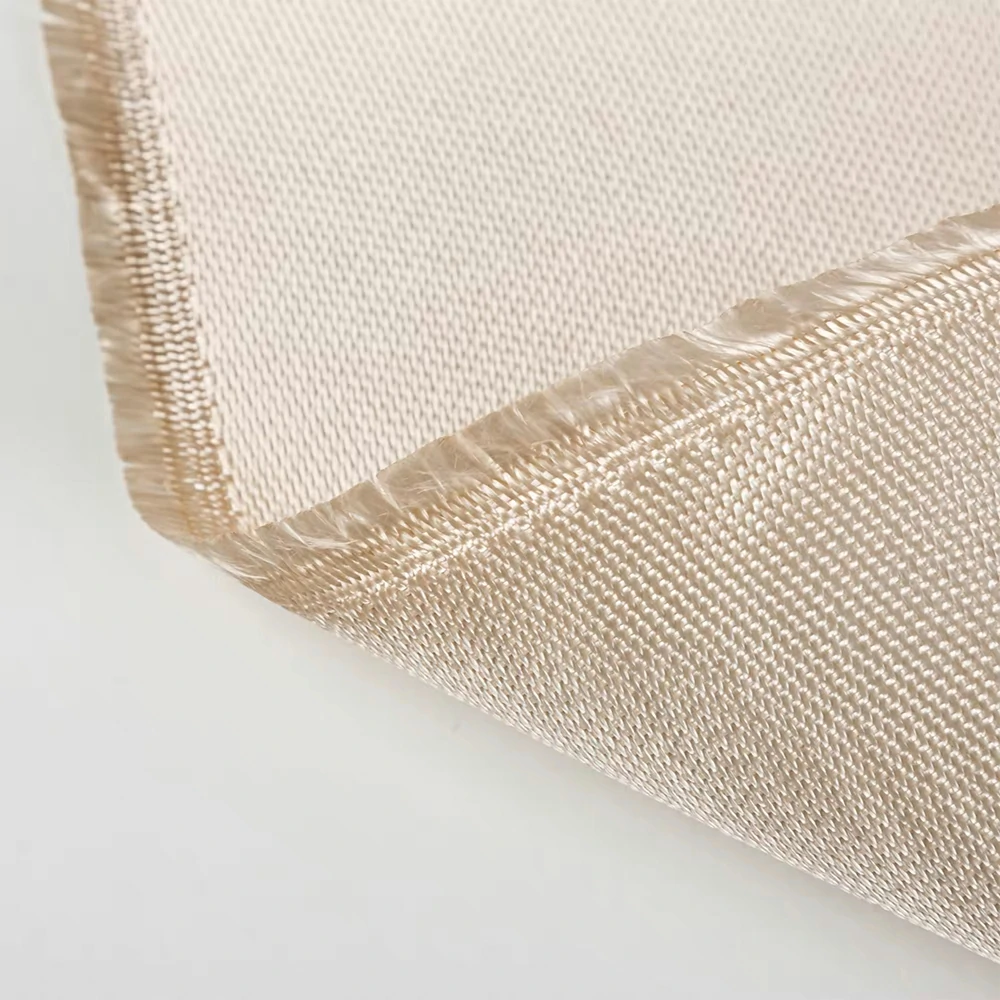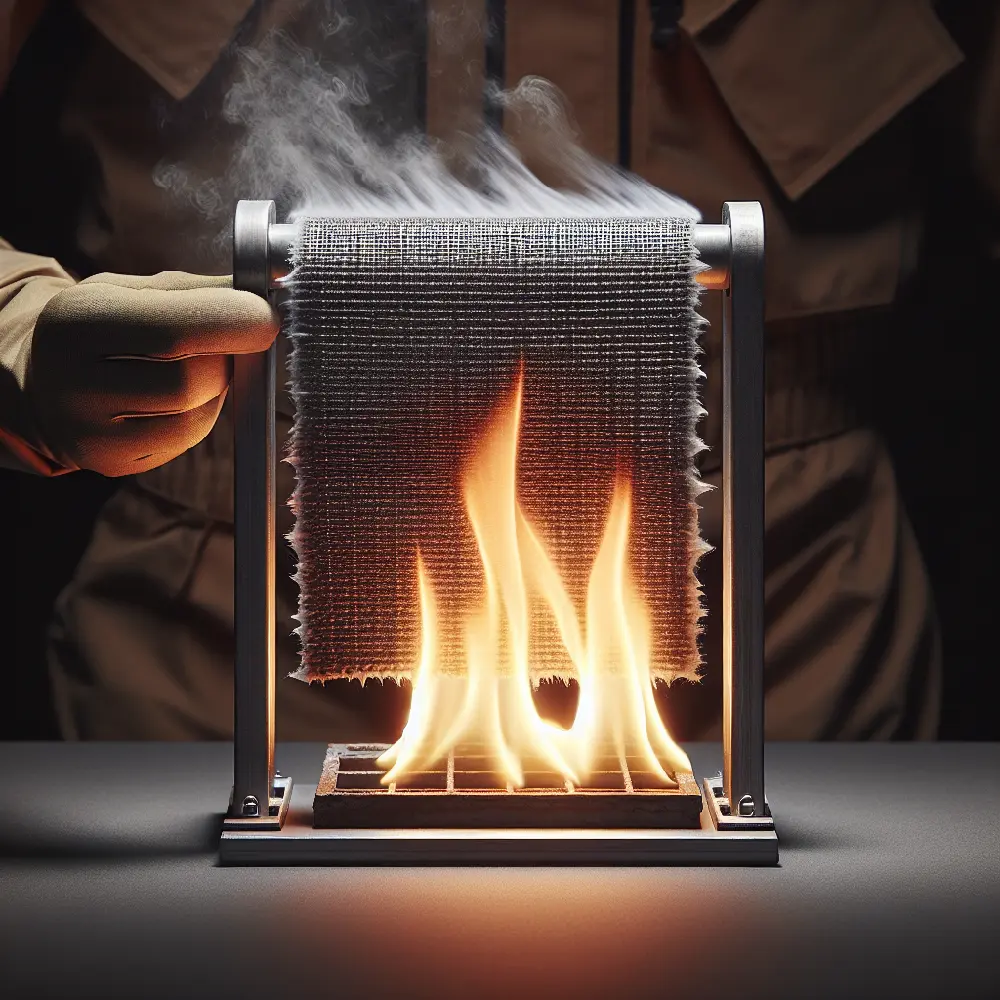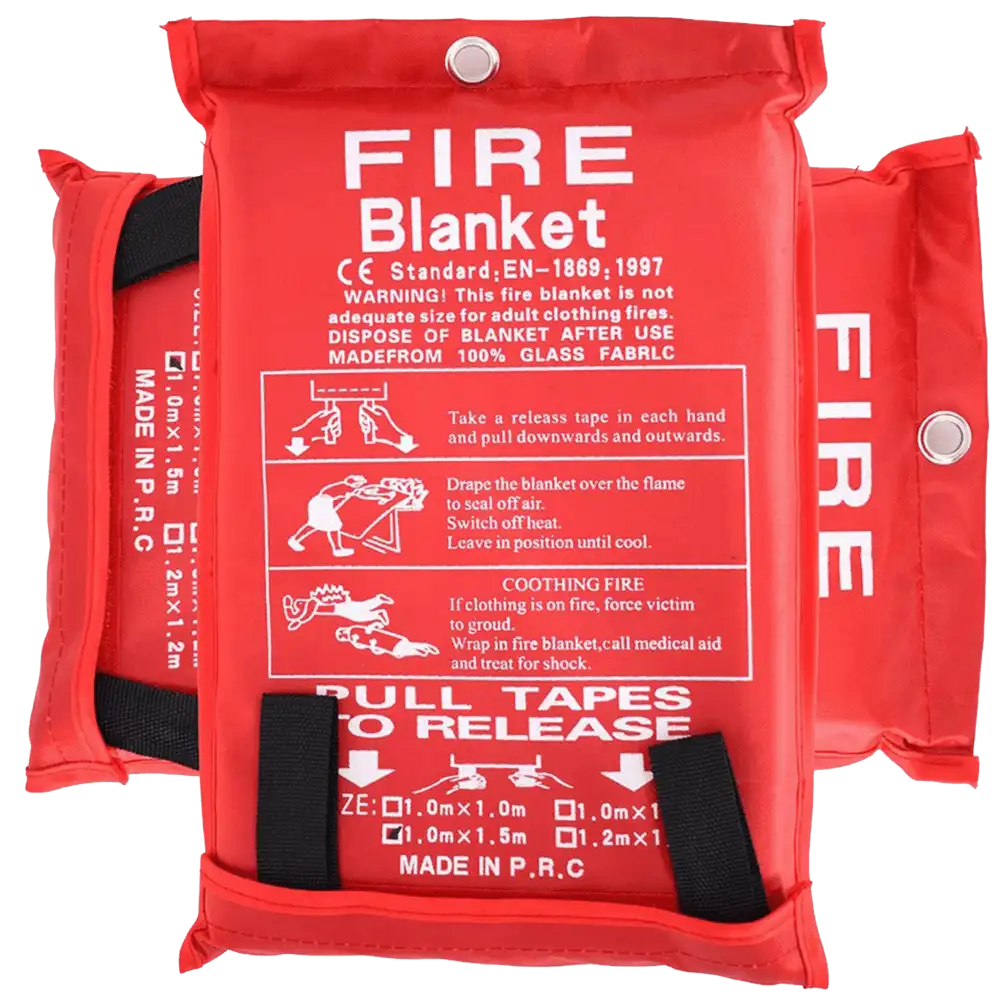In the field of fire retardant and thermal insulation, the performance of the fabric's coating and base fabric directly affects the performance of the high temp insulation fabric. Today Heaterk will share knowledge about the base fabric weaving process.
The weaving process of thermal insulation fabric
The fabric base fabrics used as thermal insulation materials include coating glass fiber fabrics, high silica fabrics, ceramic fiber fabrics, Kevlar fabrics, etc. The weaving methods of these fabrics are divided into the following three types:

The initial weave of woven materials consists of ordinary weaves, twill weaves, and satinweavese. All sorts of adjustment companies, joint companies, complicated companies, and the jacquard company are altered and integrated based on these 3, additionally referred to as "3 initial companies".
Plain Weave(weave satin)

Simple weave: The weave developed by interweaving the warp and weft threads is called simple weave.
① The variety of times (dots) intertwine is one of the most, making the textile company wear-resistant, harsh to the touch, much less flexible, and much less shiny.
Because the warp and also weft threads of the ordinary weave are surprising every various other, so the same variety of warp, as well as weft threads, are prepared in the aircraft; the array of intertwining times is one of the most, and the thread fastening is one of the most, as well as the drifting line, is the quickest. Make the textile company wear-resistant, level, and tight but less flexible and weak in gloss. Since the warp and weft threads are sometimes linked, they are threadslinesallenging to be close to each other, so the thickness of the material is usually less well massive.
② The front and back look results coincide; the surface area is level, and the pattern is tedious.
③ Under the exact requirements, it is the lightest and thinnest compared to various other cells.
④ The textile is hard to find sand and has excellent anti-seize efficiency.
⑤ Minium weaving thickness (inadequate thickness), very easy to take apart.
Since the warp and weft threads are often linked, the threads arelinesnging to be close to each other, so the thickness of the material is usually smaller.

The weave factors (or weft weave factors) constant right into oblique lines are called twill weaves.
According to the grain instructions, the one from the reduced entrusted to the top right is the best twill; the one from the reduced right to the top left is a left twill.
Compared to simple weave materials, twill weave textiles have fewer intertwining factors in the weaving cycle, there are drifting long strings, and also the fabric has a high thickness (that is, twill weave materials have more excellent warp as well as weft thickness than ordinary weave materials), as well as the textile, is soft, The gloss is much better, yet the fastness is not just as good as a simple weave.
② The variety of intertwining is much less than a simple weave, and the material feels softer.
③ The material is thicker and also denser than an ordinary weave. Gloss, flexibility, and crease resistance are far better than nan regular weaves.
satin weave
The interlacing of warp and weft happens every four or fourteen more threads. These intertwining factors are independent, alternate, and equally dispersed in a weaving cycle. Category of drifting strings with longer warp or weft on the textile surface area
Category

Warp satin: There are extra warp weave factors than weft weave factors. Or the front side of the material is called warp satin, primarily drifting.

Weft satin: There are much more weft factors than warp factors. Or the front of the material is called weft satin, with most weft floats.
Fundamental Types of Textile Weaves
Weaving is passing weft yarns through warp yarns to create different fabric types. This fundamental technique can produce a range of patterns and textures depending on the arrangement of the warp threads.
The basic weaves include plain, twill, and satin, with variations such as herringbone and jacquard. Each weave has its unique properties, making it suitable for different applications. By selecting the correct type of fabric and weave, you can create textiles with exceptional strength, durability, and aesthetic appeal.
The satin textile surface area is level, glossy, and also smooth. The front and rear ends have various looks, each revealing a thread. Because longer drifts produce a polished surface area, it is more probable to mirror light with shiny, low-twist filament threads.
Since the satin weave factors are much apart, the specific weave factors are covered by the lengthy drifting lines on both sides, and also, there is no evident intertwine factor on the front, so it has the adhering to attributes:
① The lengthy drifting string of warp or weft is effortless to scrub, fluff, and grab.
② The linking factors of the warp and weft threads are the least, and the thickness of weaving is the highest possible. The satin weave is thicker than the ordinary and twill weave, with a soft structure and excellent drape.
③ The surface area is smooth and also filled with appeal.
Soothing qualities: satin > twill > level.
Thickness: satin > twill > level.
 Top 5 Heat-Resistant Wonders: How High Silica Fiberglass Fabric Excels in Extreme Temperatures!
Top 5 Heat-Resistant Wonders: How High Silica Fiberglass Fabric Excels in Extreme Temperatures!
 Is Kevlar Fireproof? Unveiling the Truth Behind Kevlar's Flame Resistance
Is Kevlar Fireproof? Unveiling the Truth Behind Kevlar's Flame Resistance
 Do Fire Blankets Work? Understanding Their Functionality and Benefits
Do Fire Blankets Work? Understanding Their Functionality and Benefits
 2023, Heaterk's Year-End Recognition Meeting!
2023, Heaterk's Year-End Recognition Meeting!